Help your child cope with anxiety by self-regulating
Effective Ways to Help your Child Manage Anxiety and Self-Regulate
By Kristen Barlow, LCSW
It’s late at night, my child is clearly exhausted, tired and anxiety kicks in big time. We’re talking about a Spanish test or quiz they have to take the next day. They are crying saying, “I don’t understand it”. I offer to help quiz them on the terms and phrases they are supposed to know. “No, I’m just not getting it,” (between tears) “Fine,”. We try to review through shallow breathing and tears, and I’m actually impressed how much they know. But that didn’t do the trick for the anxiety. Anxiety shows up again, and ramps up this time in intensity. More crying, more slamming notebooks on the counter, they’ve now put their crossed arms and face on the counter, “I hate school” they say. Normally, my knee jerk reaction would be to yell “Calm down! You’re too tired, this is why I told you to do your homework after school!” Though those facts may be true, they aren't really going to do anything to help my child experience and work through their anxiety any faster.
So, here’s some info about our brain to help you be more effective when your child’s anxiety ramps up:
Our body’s nervous system helps us regulate when we are stressed or experience all sorts of other emotions. Specifically, our vagus nerve. Our vagus nerve sends information from our gut up to our brain and also from our brain down to our gut. When my child was super anxious about the Spanish test, he was in a hyperarousal state--too activated, too much going on.
In these moments, we can be “an external regulator” for our child.
We can help our child regulate by modeling regulation, breathing deeply, and naming what emotions are showing up for ourselves . It’s not our duty to get rid of anxiety for our child, in fact, that might be an unrealistic expectation. What we can do is let our child “borrow our nervous system” in a sense to help them begin to do things themselves to help activate their vagus nerve and start self-regulating even when they feel anxious.
So, how might that go for you as a parent? It might look something like this…
1. Notice what’s going on in your own body and name it.
Parent: “Man, I’m starting to notice that I’m gritting my teeth and my shoulders feel heavy. I’m noticing I really want to help you study, but I’m just not sure what to do.”
2. Model for your child self-soothing, or self-regulating.
Parent: “Ok, I think I’m going to start by just taking some deep breaths,”
(Parent takes some deep breaths in through their nose and out through their mouth)
“I’m also going to try to rub my shoulders for a second,”.
(Parent rubs their own shoulders)
Parent: “Yep, that feels good”
3. Stay present and be yourself
The goal here isn’t for you to make your child not feel anxiety. You are allowing them to borrow your nervous system for a second, almost as an invitation to respond differently. Teenagers especially are fantastic at sniffing out when you’re not being real or not being yourself. Still, be you. Self-regulate using language you would use. When you take a second to check in with your body and be present rather than yell you are creating a beautiful opportunity for your child to do the same.
Even if your child continues to tantrum, cry, or yell it does not mean it’s not working. You continue to focus on regulating yourself, and eventually, your child will be so curious about what you are doing it will create a possibility of trying something else.
The mom in me sometimes wishes I could take away the super painful, emotional feelings away from my children, spare them hurt and suffering. Ultimately, I can’t and that’s probably for the best. Children, just like us, are hard-wired to regulate, they just need a safe place to explore and experience their emotions to figure out how to do it.
Here are some other ideas for self-regulating:
Take a cold shower, or at the end of your shower stand in cold water for 20 seconds
Splash cold water on your face
Sing
Movement, exercise, or dance
Hold an ice cube in your hand and make a fist, try holding the ice cube for 2 minutes
Gargle water
Hold ice cubes on your face
Deep breathing, aiming for 4 second inhale through the nose, and 4 second exhale through the mouth
Rock gently while sitting down
We got this.
Kristen Barlow is a Licensed Clinical Social Worker in private practice in Naperville, Illinois. Kristen specializes in helping children, teens, and young adults manage and regulate emotions, communicate better and be more effective in their relationships. She specializes in helping children, teens, and young adults with ADHD, depression, anxiety, and trauma. Connect with Kristen through her website at rivertrailtherapy.com.
